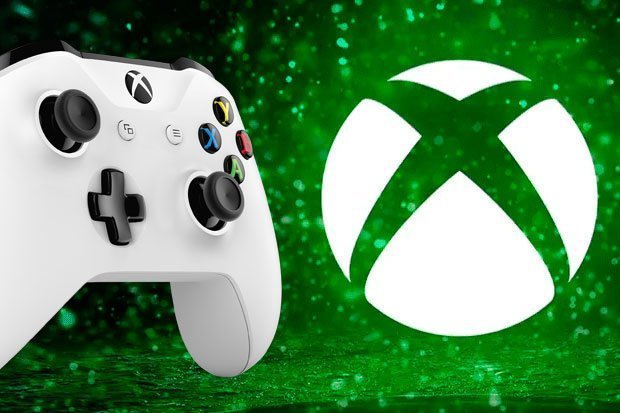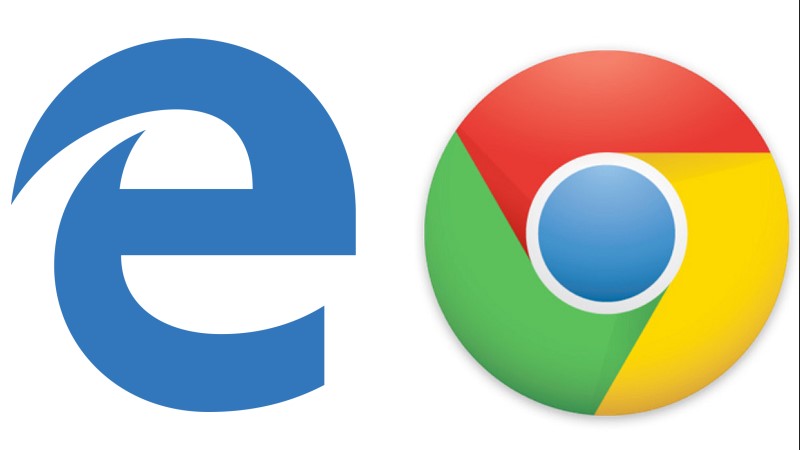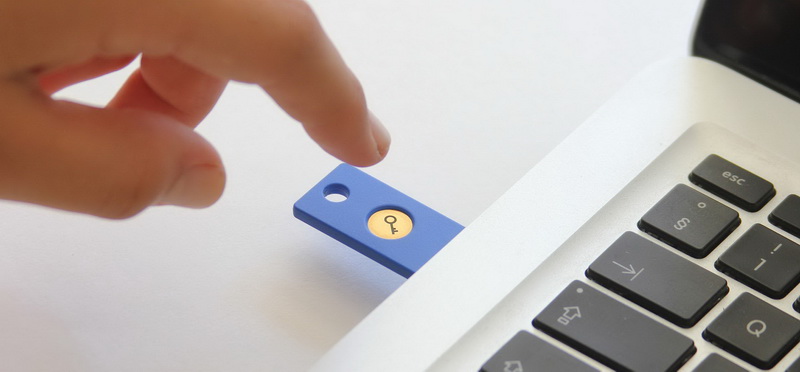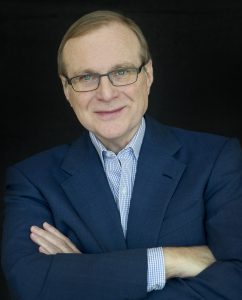Brendan Eich : The Founder Of JavaScript; A Buggy but Irreplaceable Programming Language
The websites, the web pages, the web applications are most common things that we see today, and they might not seem that fascinating to us, as much it could a decade ago. Also, it might seem a bit easy to create them, but the amount of work that is done behind the scenes is something that people from the non-technical field may hardly understand. These dynamic websites and web applications are the results of JavaScript, which is a high-level interpreted programming language. JavaScript was invented by Brendan Eich who shares a story about hard work and creativity. Brendan developed JavaScript in just over 10 days which clearly represents his hard work and passion to do so.
Brendan grew up in Palo Alto. He graduated from Ellwood P. Cubberley High School and received a bachelor’s degree in Mathematics and Computer Science from Santa Clara University. He then pursued his master’s degree from the University of Illinois at Urbana Champaign. After completing his education, he started working at Silicon Graphics. He worked there for 7 years on Operating Systems and Network Codes.

Brendan, soon, joined Netscape Communication Corporation, in April 1995. Netscape was a visionary company and wanted to put out something different in their internet browsers. All the existing technologies at that time, like HTML, stood out as deficient when it came to their vision. Due to this, Brendon was tasked to create a whole new language for Netscape. All that he got was 10 days to complete the task. “Back then, the pace of Web innovation was furious, with Microsoft suddenly making the Internet the focus of its Windows 95 operating system release in response to Netscape’s emerging browser and server products,” said Brendon in an interview. After 10 days, completing a nearly impossible task, Brendon came up with ‘JavaScript’. The language was used in Netscape’s Navigator 2.0 Beta version. The browser was named as Mocha, later renamed to LiveScript and then JavaScript.
“When I joined Netscape, I knew that either it will die, and Microsoft will completely replace it, or it will stay for 24 years or longer. Eventually, people think about Pcs and Operating software, like Windows on them, and they think that we will die every 10 years or so, and it doesn’t”, said Brendon in a talk (Source: “Brief History of JavaScript”). “Eich has unique language writing skills and they were unique,” said Jim Clark who was the founder of Silicon Graphics. The language that he created now is the most extensively used programming language in the world and is one of the three core technologies of the World Wide Web.
The creator of JavaScript was already familiar with writing creative programming languages. During his student times, he built new languages that were used to experiment with syntaxes. At Silicon Graphics too, he worked on new and innovative network monitoring tools.
However, Brendan openly admits that the language still has bugs, and he has been constantly working on it. “It was also an incredible rush job, so there were mistakes in it.” “But the point is that it is really hard to replace. There’s something like successful DNA about JavaScript. Once it’s in there, you’re going to have a hard time getting rid of it,” said Brendon.
Alongside JavaScript, he co-founded ‘Mozilla’ project which was a site that handled open source contribution to the Netscape source code. He served as the CTO of Mozilla Corporation. He passed on the ownership of the Mozilla SpiderMonkey module, in 2011. Mozilla Firefox is one of the great browsers that world today has, in which Brendon holds a large amount of contribution. As of now, Brendan Eich is the CEO of Brave software, which is an open-source web browser. There are many things which makes Brave, a unique browser. It is designed to block ads and trackers to protect users’ data, and it boosts browsing speed up to 8 times that of the original ones.
Brave even has its own currency: a blockchain-based token called the Basic Attention Token (BAT). The BAT token was launched via a record-breaking initial coin offering (ICO) on May 31st, 2017. The company raised $35 million by selling out 1.5 billion BAT tokens in just 30 seconds — the fastest ICO on record. All it does is that it offers the Brave users to experience more features of Brave, that is an ad-free experience. Brave is unlike all the tech giants and provides no breaching of data of consumers. Brendan Eich, the founder of JavaScript, co-founder of Mozilla Foundation and the CEO of Brave software shares a story that shows true passion and hard work. Brendan is certainly an inspiration to all the technology geeks out there.

Raghav is a student and a content writer. He loves to write about emerging as well as the existing technologies around and about the ones who bring them to you. Music is the other passion that Raghav processes. It is like the fuel to his body. He is also in writing songs and poems. He believes that life is short, so live the best out of what you have got. Raghav considers himself a sci-fi guy, having stories and tech all around in his head, all the time.





